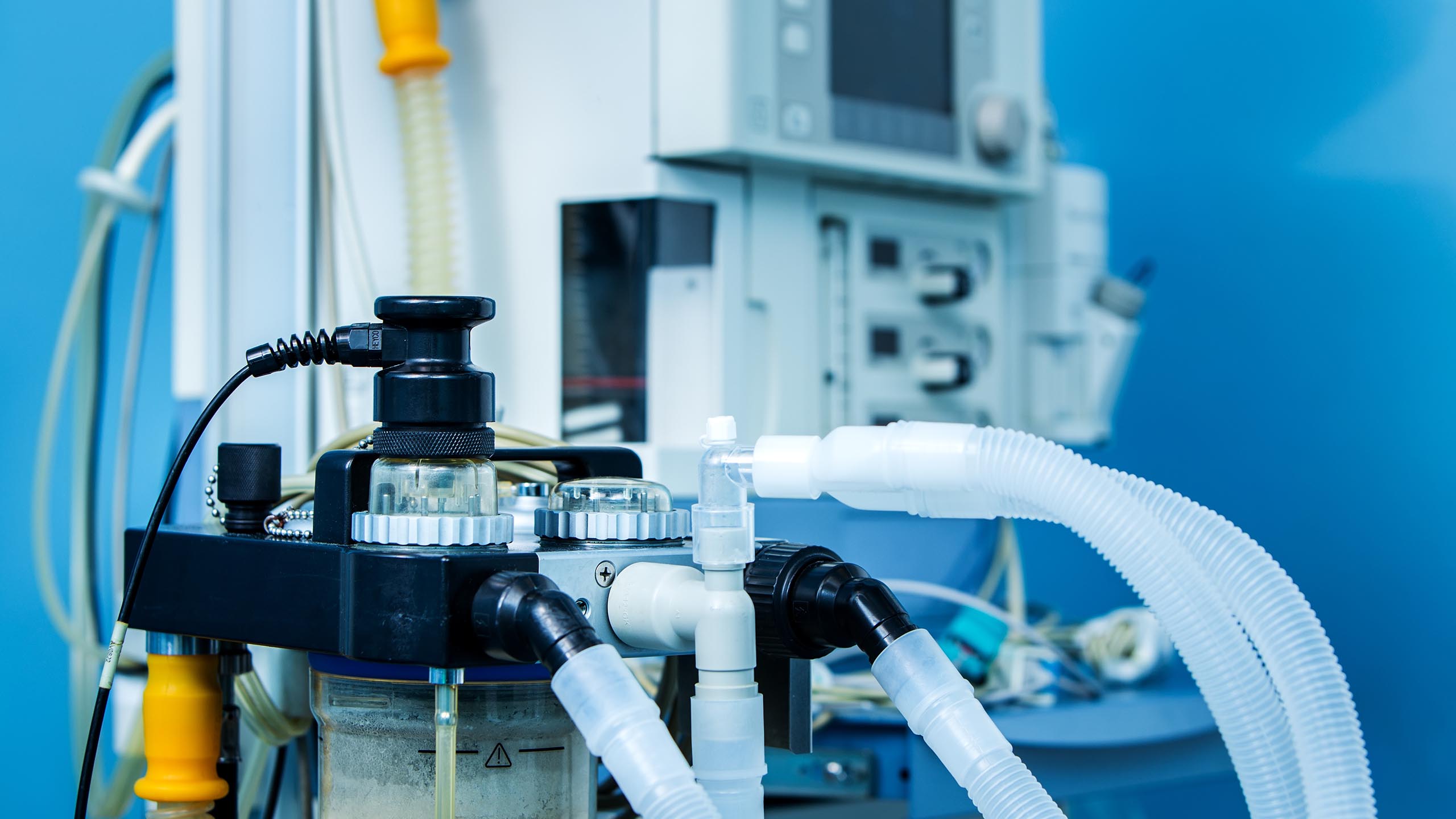 ICU anaesthesia ventilator workstation in an emergency room in stand by mode. (Photo by Getty Images/iStockphoto)
ICU anaesthesia ventilator workstation in an emergency room in stand by mode. (Photo by Getty Images/iStockphoto)Controlling ventilators from a distance
Health officials have advised the public to practice physical distancing and remain at least six feet apart from other people.
But when treating patients stricken with COVID-19, healthcare workers don’t have that luxury. For one thing, they must keep entering each patient’s room to make sure the ventilator is working properly and make any necessary adjustments.
“Monitoring these devices is exhausting, especially when you’re dealing with lots of patients in large settings like a field hospital,” said Michel Maharbiz, professor of electrical engineering and computer sciences, who has considerable experience working with the medical device industry.
“Ventilator manufacturers are understandably reticent to enable remote control of ventilators, given the critical life-support function they provide,” he said. “Any errors or unpredictable behavior in ventilator operation introduced by remote control systems would be potentially life-threatening.”
So Maharbiz has been talking to medical device manufacturers, including Medtronic, to find a solution that doesn’t involve running long control lines from the ventilator parked inside the patient’s room to an area outside the containment zone.
Medtronic, Maharbiz said, has already developed a software tool in which hospital staff can remotely control the ventilator through a USB stick plugged into the back of the machine. He and his team are currently working with Medtronic to deploy the technology at local hospitals, and they hope other manufacturers will be open to providing similar solutions.
In addition to more efficient monitoring, remote control of ventilators will allow hospitals to save precious supplies of protective gear. The fewer times hospital staff need to enter a patient’s room, the fewer N95 masks and face shields they will need, he said.
“We want to reduce the burn of protective equipment that has been in short supply,” Maharbiz said.
Seed funding from the Berkeley Engineering Fund provided support for this project.